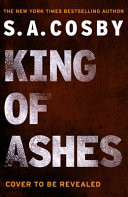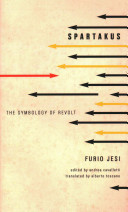
Using the events of December 29, 1918 in Berlin as a starting point Jesi formulates a phenomenology of revolt that distinguishes between revolution and revolt. Drawing on philosophy, history and literature Jesi builds a phenomenal and important work. Unfortunately most of Jesi‘s writing remains untranslated. For now.
14 likes


















